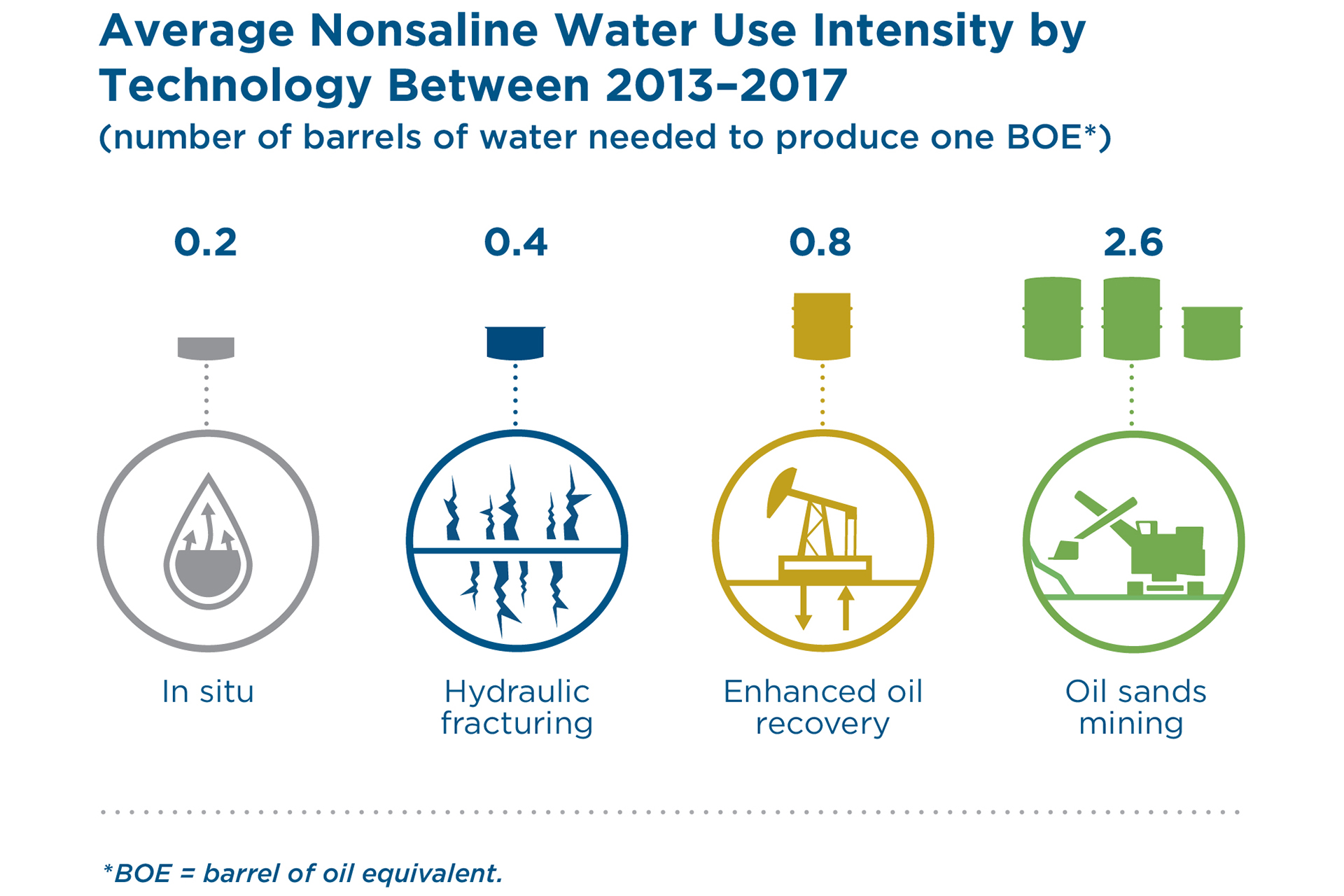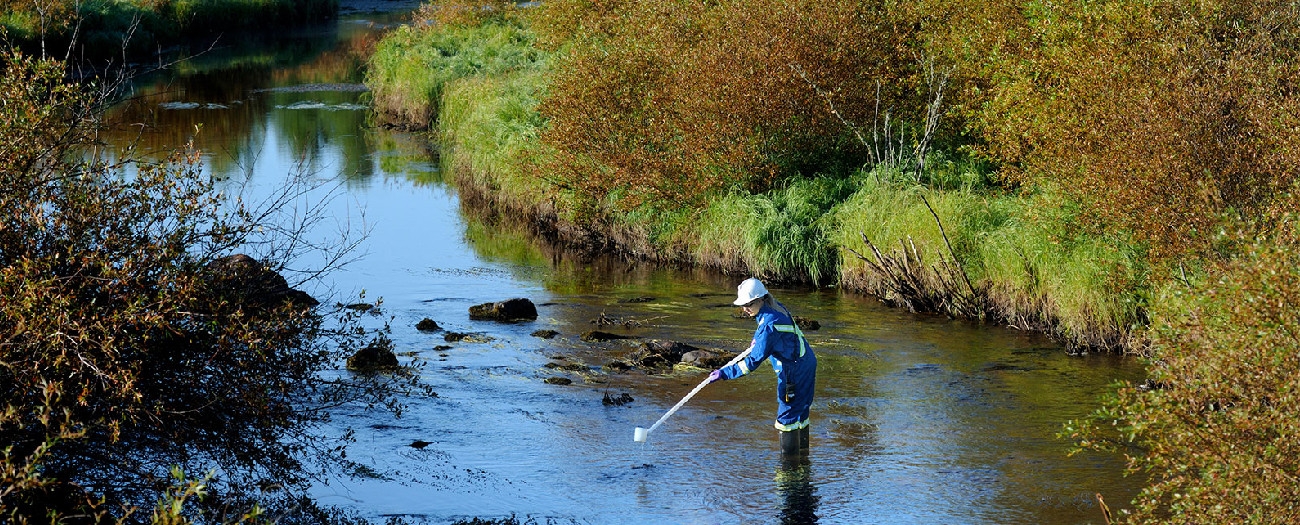AER report includes data that shows less water being used in energy development
Alberta - February 04, 2019It’s the middle of winter, and the world around us is frozen—tree branches droop with snow and lakes have transformed from glacier-blue basins to nature’s crystal-clear ice rinks. But the water from Alberta’s rivers, lakes, and groundwater continues to flow under its icy armour, and the Alberta Energy Regulator (AER) continues to report on how those water sources are being used in energy development.
The AER’s second update to the Alberta Energy Industry Water Use Report shows that Alberta’s energy industry is using less water than you may think. The AER uses water-use intensity to evaluate water-use performance.
"Protecting our water resources is of the utmost importance to the AER,” says Clay Hopper, AER industry performance specialist. “It is comforting to know that across our energy industry, companies feel the same way and are continually exploring options to reduce the amount of water used in their operations."
Here is how many barrels of water it took to produce one barrel of oil in 2017:

Water-use intensity varies greatly across the four extraction technologies. Here is how their water-use intensities compared across the period of 2013 to 2017:
- For enhanced oil recovery, a 25 per cent decrease
- For oil sands mining companies, a 13 per cent decrease
- For oil sands in situ companies a 31 per cent decrease
- For hydraulic fracturing companies in 2017, a 20 per cent increase over 2016 because more wells were drilled in places that required more water for fracturing
The update also shows that not only are companies using less, they are also recycling more water—79 per cent of the water used was recycled.
New to this report is company specific data on water used for enhanced oil recovery (EOR) and hydraulic fracturing operations.
Data on oil sands in situ and mining was in the previous update.
Enhanced Oil Recovery
Production at EOR facilities—which flood rock formations with water to help extract oil—has been declining since 2013, largely because older wells are being abandoned. Newer wells that are still producing require less water to do so. As a result, total water use has also declined as older EOR projects have become inactive.
For these reasons, EOR used less water to produce a barrel of oil, and EOR producers have shown a 29 per cent improvement in water use and an average recycling rate of 93 per cent.
Hydraulic Fracturing
Simply stated, more water is used when more wells are drilled. With hydraulic fracturing becoming more common in the province, water use for this method has grown by over 2.5 times since 2013.
Hydraulic fracturing operators recycle four per cent of water used. While this seems low when compared with EOR, the reason is simple: Once a well is drilled and producing, the need for hydraulic fracturing fluid, which contains water, ends.
While the data in this update is from 2017, work is underway on the next update, which will include 2018 data for all four extraction technologies.
James Mottershead, Writer
Luke Spencer, Digital Media


